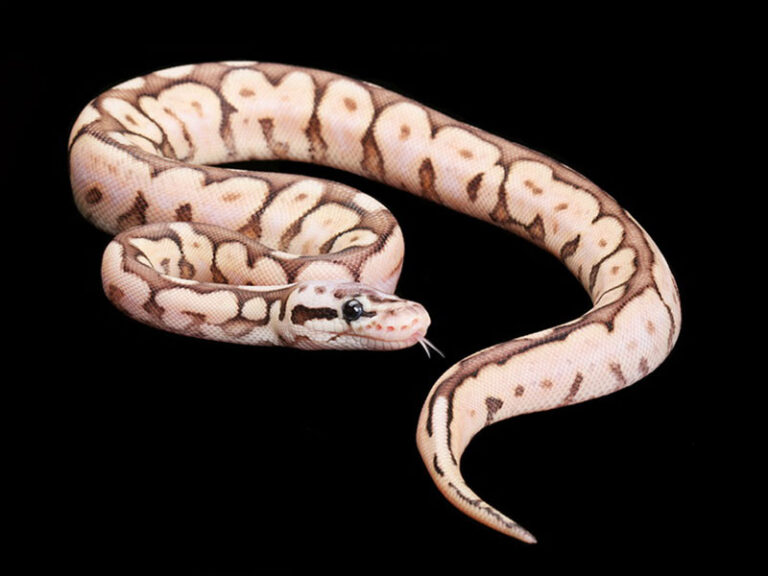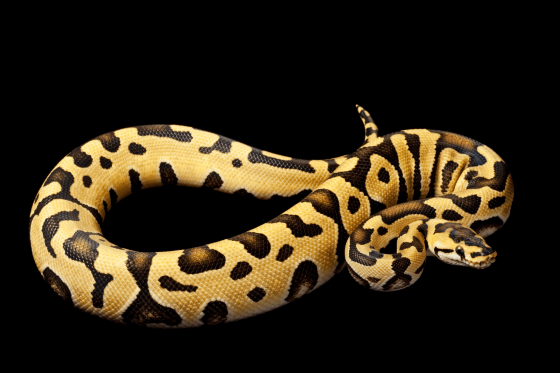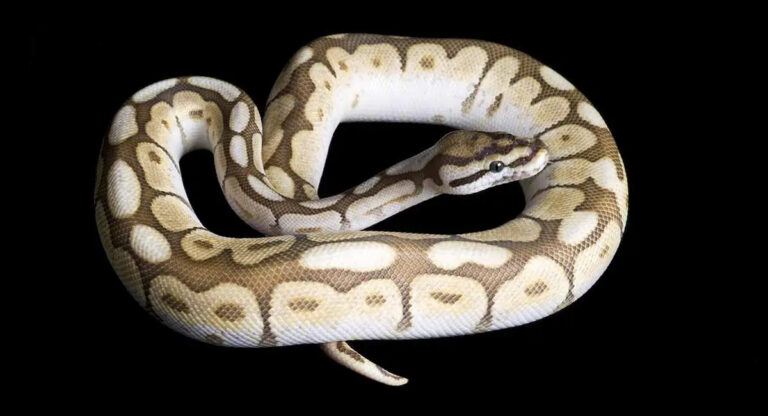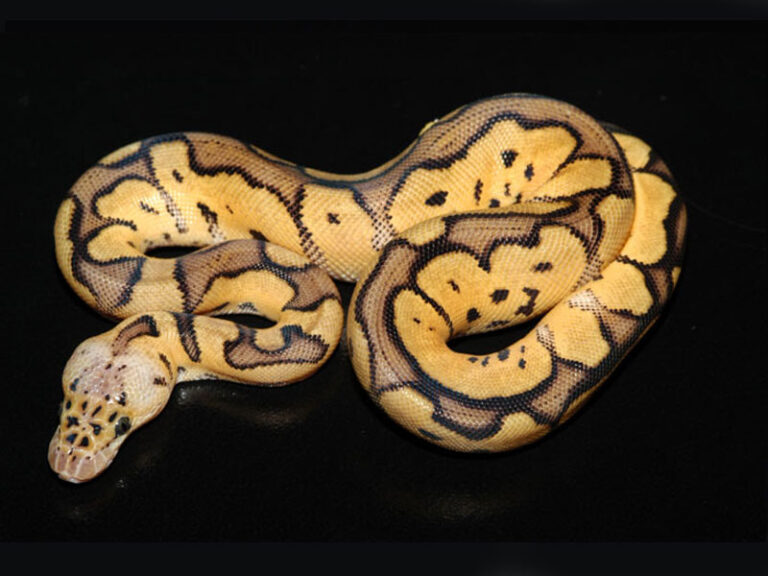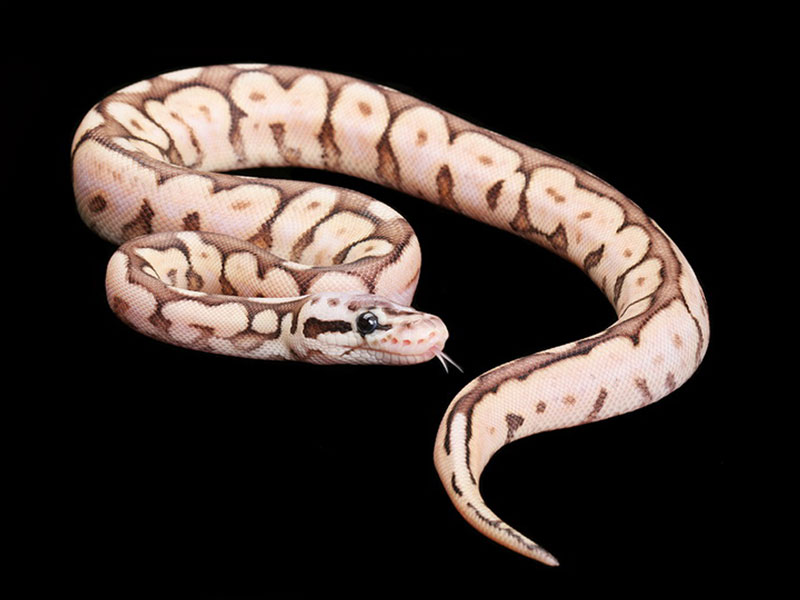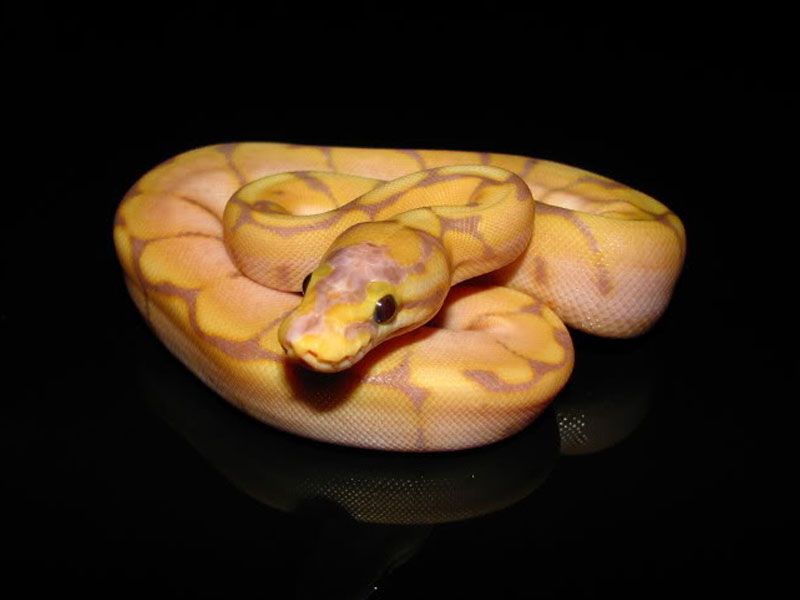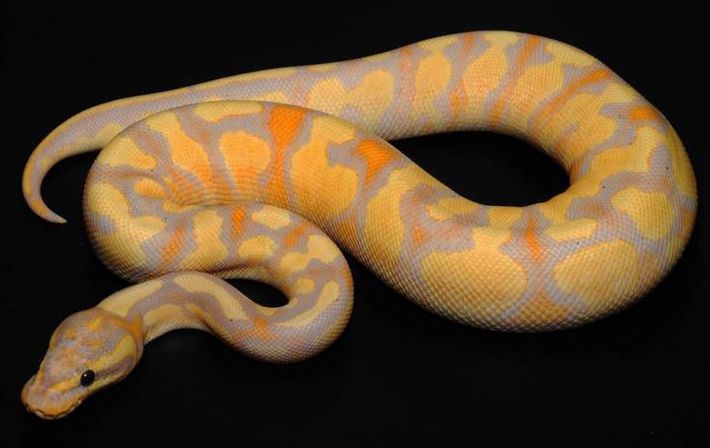When I first got into the fascinating world of ball pythons, I had no idea how crucial weight and growth tracking would be. I mean, sure, I knew they grew over time, but understanding ball python weight by age was a game-changer. Whether you’re a first-time owner or a seasoned snake enthusiast, knowing your python’s ideal weight range can help you keep it healthy and thriving. So, let’s dive into what I’ve learned about their weight progression, common pitfalls, and how to ensure your slithery friend is growing as it should!
Why Tracking Ball Python Weight by Age Matters
Monitoring your python’s weight isn’t just about curiosity—it’s a key indicator of overall health. If a ball python is underweight, it might not be eating properly, or there could be an underlying health issue. On the flip side, an overweight snake might be getting too much food, leading to potential health risks. That’s why using a ball python weight chart by age is so important.
Factors That Affect Ball Python Growth
A ball python’s weight and size aren’t set in stone. Several factors can influence how they grow:
- Genetics: Some ball pythons naturally grow larger or smaller than others.
- Diet: Feeding frequency, prey size, and food quality play a huge role.
- Sex: Males and females grow at different rates, with females generally being larger.
- Habitat Conditions: Temperature, humidity, and stress levels affect appetite and growth.
- Health Status: Parasites or illness can slow down weight gain or even cause weight loss.
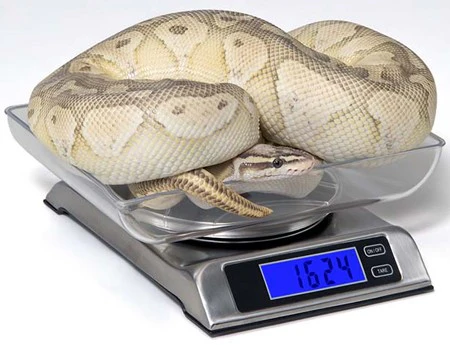
Understanding Ball Python Weight Progression
So, how much do ball pythons weigh at different ages? Let’s break it down using a detailed ball python weight chart by age.
Ball Python Size Chart & Weight Guidelines
Here’s a rough guideline based on average growth rates:
Age | Weight in Grams (Approx.) | Length (Inches) |
Hatchling (0-3 months) | 60 – 150g | 10 – 16” |
3-6 months | 150 – 400g | 16 – 24” |
6-12 months | 400 – 900g | 24 – 30” |
1 year | 500 – 1000g | 24 – 36” |
2 years | 800 – 1500g | 30 – 42” |
3 years | 1200 – 1800g | 36 – 48” |
Adult Male | 800 – 1200g | 36 – 42” |
Adult Female | 1500 – 3000g | 48 – 60” |
It’s important to note that these numbers are averages. Some ball pythons grow faster or slower, which is why tracking individual progress is essential.
How Much Should Your Ball Python Weigh?
Now that we have a snake weight chart, let’s talk about what constitutes a healthy ball python weight at different stages.
Hatchlings (0-3 Months)
These tiny noodles usually weigh between 60 to 150 grams at birth. They typically eat pinky rats or hopper mice and should be fed once every 5-7 days. Keeping them warm and stress-free will help them develop a strong feeding response.
Juveniles (3-12 Months)
A 1-year-old ball python size should be around 500-1000 grams. This is when growth really kicks in, especially if they’re on a good feeding schedule. You’ll start introducing larger prey, like small rats. Make sure not to overfeed, as excessive weight gain can lead to obesity, which isn’t good for your snake’s long-term health.
Subadults (1-3 Years)
By the time they reach 2 years old, ball pythons should weigh around 800-1500 grams (for males) and up to 1800 grams for females. Growth slows down compared to their juvenile phase, so don’t worry if their weight gain isn’t as rapid.
Adults (3+ Years)
A 3-year-old ball python should be close to its adult weight, though some continue growing slowly.
- Adult Male Ball Python Weight: 800-1200 grams
- Adult Female Ball Python Weight: 1500-3000 grams
If your ball python is significantly under or over these averages, it might be time to reassess its diet and husbandry.
Weight Fluctuations: What’s Normal and What’s Not?
Expected Fluctuations
Ball pythons aren’t machines—they have fluctuations in weight just like humans do. Some factors that cause temporary changes include:
- Shedding: Snakes often refuse food before shedding, leading to slight weight loss.
- Seasonal Changes: Some ball pythons naturally eat less during winter.
- Breeding Season: Males may refuse food when focused on mating.
When to Be Concerned
While minor weight changes are normal, you should worry if:
- Weight drops drastically in a short time.
- Your snake consistently refuses food for more than 4-6 weeks.
- You notice signs of illness (e.g., lethargy, respiratory issues).
Speaking of feeding concerns, many owners unknowingly make mistakes that can impact their snake’s growth. Check out Top Feeding Mistakes Every Ball Python Owner Must Avoid to ensure you’re doing it right!
Tips for Monitoring and Maintaining Healthy Weight
1. Regular Weigh-ins
Use a digital kitchen scale to weigh your snake weekly or biweekly. Track changes to detect trends early.
2. Adjusting Feeding Schedules
If your snake is underweight, consider increasing feeding frequency or offering larger prey. If overweight, space out feedings.
3. Creating the Perfect Environment
Maintain proper humidity, temperature, and stress-free conditions to encourage healthy eating habits.
4. Understanding Fasting Behavior
Ball pythons are sometimes fast, especially in winter. Learn more about their survival instincts in Understanding How Long a Ball Python Can Survive Without Food.
Final Thoughts
Understanding ball python weight by age is crucial for ensuring a long and healthy life for your pet. By tracking weight, using a royal python size chart, and making necessary adjustments, you can keep your ball python in peak condition.
If you’re looking for top-notch reptile care products and expert advice, check out Universe Reptiles for everything you need to keep your python happy and thriving!
frequently asked questions
Q1: How much does a ball python weigh at 1 year old?
A 1-year-old ball python typically weighs between 500-1000 grams, depending on genetics and feeding habits.
Q2: What is the average weight of an adult ball python?
The average weight of a ball python varies by sex: Males weigh 800-1200 grams, while females can reach 1500-3000 grams.
Q3: How often should I weigh my ball python?
It’s best to weigh your snake weekly or biweekly to monitor its growth and detect any issues early.
Q4: Why is my ball python losing weight?
Weight loss can be due to stress, illness, improper temperatures, or prolonged fasting. If your snake is losing weight rapidly, consult a reptile vet.
Q5: Can a ball python be overweight?
Yes! Overfeeding can lead to an obese ball python, which may cause long-term health problems. It’s important to follow a proper feeding schedule and monitor their weight.


